"The ball is now in the Government's side." The words are from Jorge Gonçalves, researcher at the Center for Marine Sciences (CCMAR) of the University of Algarve and responsible for the project of the first Marine Protected Area of Community Interest to be created in Portugal, in the bay of Armação de Pêra, between the Farol from Alfanzina and the west jetty from the port of Albufeira.
On the 7th of May, the dossier with the complete project, resulting from an unprecedented process of participation by more than 70 public and private entities, was presented and handed over to two ministers, those of the Sea and the Environment, in a session to closed door at the University of Algarve, in Faro.
The project is coordinated by the Oceano Azul Foundation and by CCMAR, with the involvement of the Armação de Pêra Fishermen's Association, the municipalities of Albufeira, Silves and Lagoa and the Parish Council of Armação de Pêra,
The participatory process took place over the last two years and «had the active involvement of professional and recreational fishing associations, representatives of maritime-tourism companies, regional, local and central administration, scientific research centers, sports federations, maritime authority, school clusters, non-governmental organizations and business associations'.
Six face-to-face sessions were held, more than 60 bilateral meetings, as well as a final session to present the proposed zoning and the bases for the regulation of this marine protected area.
Therefore, guarantees Jorge Gonçalves, "never has any other marine protected area had so many preparation studies, nor, above all, so much participation from interested parties."
"The consensus is not 100%, nor will it be, but we have arrived at a proposal that reconciles the various interests at stake," explained the marine biologist to Sul Informação, at the end of a public presentation session, promoted by the Regional Directorate of Agriculture and Fisheries of the Algarve, last Monday, in the auditorium of the Parish Council of Armação de Pêra.
"Now is the time for the Government to analyze the project and see where it wants to go," added the researcher. In other words, now is the time for the final decision that will lead, as soon as possible, to the creation of the Natural Marine Park of Recife do Algarve – Pedra do Valado.
But why preserve and defend this coastal zone? Because, in the bay of Armação de Pêra, there is a «submerged treasure», «the largest coastal rocky reef in the Algarve, a unique ecosystem on the Portuguese mainland, which benefits from natural conditions that favor a unique marine biodiversity and productivity».
At the session in Armação de Pêra, Rosa Palma, mayor of Silves, even said that this is the “Alfredo da Costa Maternity of fish on the Algarve coast”.
And, in fact, in this area of 156 square kilometers, which extends from the coast to 50 meters deep, there is everything: seagrass meadows, gorgonian gardens, brown algae forests, colorful limestone algae, and above all , among the 900 species cataloged there over years of scientific research, 45 new records for Portugal and 12 species new to science, that is, never discovered before. Jorge Gonçalves pointed out that the symbolic species are the grouper and the seahorse, but the most important ones for fishermen are octopus, cuttlefish, sea bass, sea bream and red mullet or even shoals of sardines.
The fishing communities of the municipalities of Silves, Lagoa and Albufeira (directly involved in the proposed Marine Protected Area), but also those of Portimão and Quarteira, have known and exploited the wealth of the area for centuries, where some of the most important are located. fishing boats. In recent decades, also the maritime-tourist companies, with their trips to observe dolphins or the traces of the coast, as well as diving and recreational fishing found out per area.
But practices such as trawling, overfishing, combined with the excess of boats sailing causing noise and pollution coming from land were putting at risk the survival of this natural reef and, with it, of the fishing communities themselves.
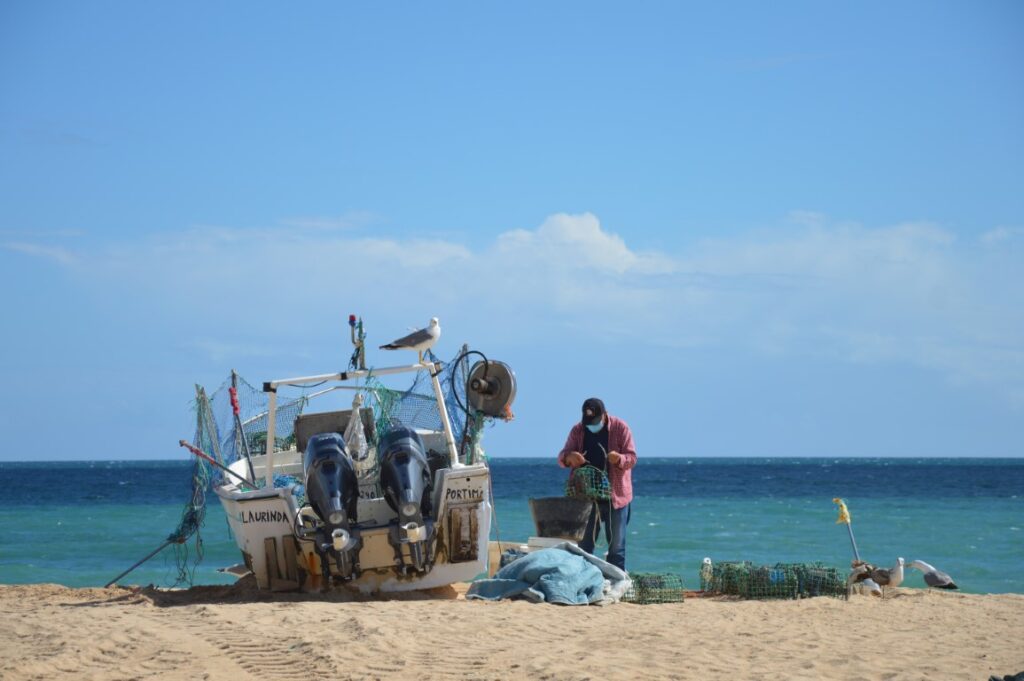
"The fishing community knows the area perfectly, knows the wealth it has and what has been the deterioration of its wealth, over the years, due to the fishing effort, especially because of trawling", stressed Manuel João, president of Association of Fishermen of Armação de Pêra, an entity that has participated in the process since the beginning.
For Ricardo Pinto, president of the Parish Council, the project «has all the conditions to give this community a new lease of life», namely, to «improve the working conditions of fishermen and maritime-tourist vessels».
For his part, Pedro Valadas Monteiro, regional director of Agriculture and Fisheries, defended that this is “a project that is done for the benefit of all: the fishing community, scientific knowledge and the preservation of resources”. And “it will only be successful if it is done with all these actors”, through a “solution built to everyone's satisfaction”.
The proposal is ready and was delivered to the ministers who have in their hands the capacity to create the Marine Park. But there are issues to be taken into account if the initiative is to have positive effects.
Is that the creation of a marine protected area entails stricter rules, many restrictions. Of the 156,4 square kilometers of proposed total area, 4 km² should be fully protected, where even researchers cannot go, except to monitor. And another 16 km² will be of partial protection, also with very restricted access.
No inside of this more restricted strip, there will be 55,4 km² destined only for local fishing, that is, artisanal fishermen from Armação de Pêra. Outside the most restricted range, there will still be 80,5 km² of General Fishing Area, where coastal fishing vessels coming from other places, such as Albufeira, Quarteira, Ferragudo or Portimão, will be able to operate.
The point is that, unlike marine protected areas created elsewhere on the planet, in remote locations in the middle of the oceans, this one will be located in an area exploited for millennia for its natural resources, with entire communities depending on it. Hence the option for the creation of a Marine Protected Area of Community Interest, that is, which involves, in its genesis and later in its management, the entire community.
Therefore, to compensate the fishing sector that will be affected by the restrictions, the proposal submitted to the Government also provides for "compensatory measures", which may even include support for the conversion of coastal fishing vessels to local, so that they can operate with less restrictions.
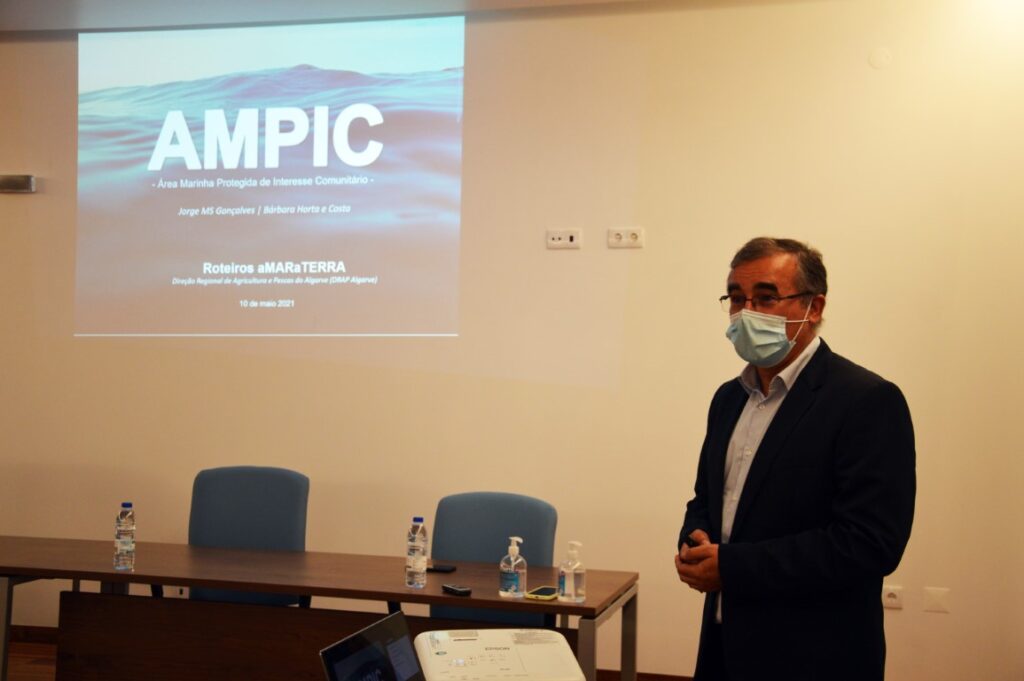
“There are two fishing associations [one of them is Quarpesca, from Quarteira] that do not accept this project. But they have already said that, if there is the due compensation, they can even accept it», explained Jorge Gonçalves, in the session in Armação de Pêra. In fact, he added, “no association of fishermen has written a blank check, even those who actively participated in the process. All defend that there will have to be compensations».
Manuel João, president of the Armação de Pêra Fishermen's Association, had already defended that “it is necessary that, with the approval of AMPIC, fishermen are not harmed. There is a period of time here in which the fishermen will be limited in their income and, therefore, there will have to be compensations so that our income does not fall any further».
"We await with great expectation that good intentions go into practice and that this project can have positive effects on the community", in the certainty that "compensations are essential for the success of the process", stressed, for his part, the mayor Ricardo Pinto.
And where will the funding come from, whether for the management of the future Marine Protected Area, or for its monitoring, or for the compensation to be awarded to fishermen? It will have to come from EU funds, such as the one that will replace Mar2020, in line with European policies for sustainability and fisheries. This is where the central administration and the government come into play.
The manager of the Mar2020 program, present at the session, announced that the new generation of funds is already being prepared, "Portugal2030 and Mar 2030, where the necessary compensation may take place".
«It is still necessary to smooth out some edges, but this type of process is built like this», summarized Rosa Palma, mayor of Silves, the municipality in which maritime territory most of the future protected area is located and that, from the very beginning, was associated with the project.
In the future, which everyone hopes will be very close, when the Recife do Algarve Natural Marine Park advances, we must also ensure that its management will continue to involve the various entities, public and private, with interests in the area, as well as in the process. participatory proposal definition.
Bárbara Horta e Costa, from the Oceano Azul Foundation, defended that AMPIC “can and should be an example of a marine protected area not only in Portugal, but even worldwide”. But to do so, “it has to be well managed”…and that involves co-management. In land, protected areas co-management processes are advancing, but those responsible for this project at sea warned that the current framework is not adapted to the specific case of marine areas. It will be one more issue to resolve.
«These things are never static, it is always a dynamic process», concluded Jorge Gonçalves.
Photos: Elisabete Rodrigues | Sul Informação
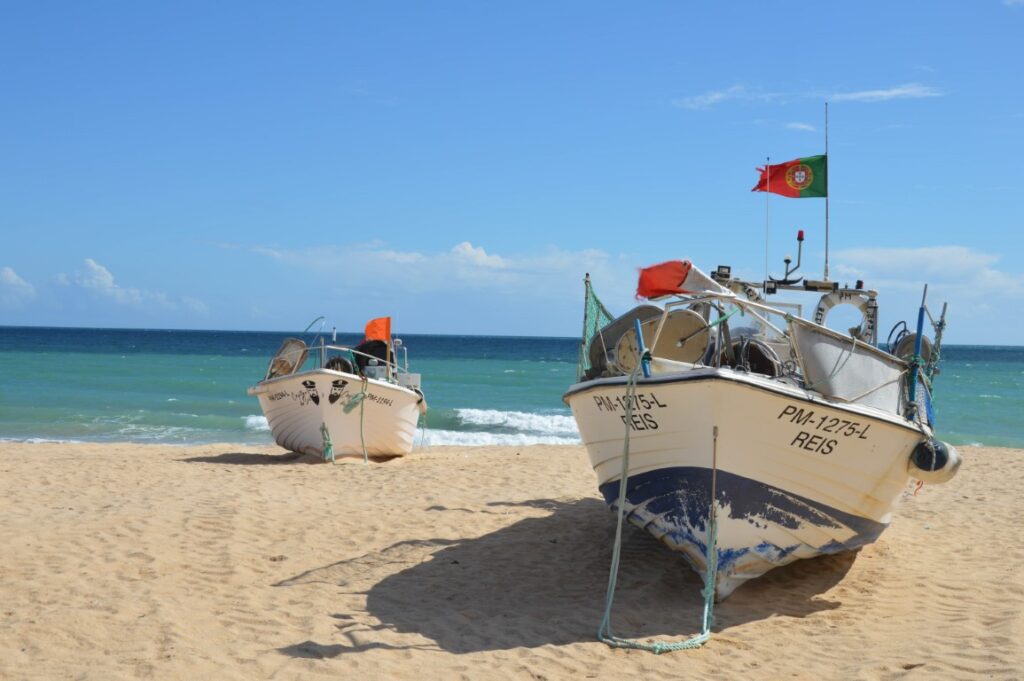
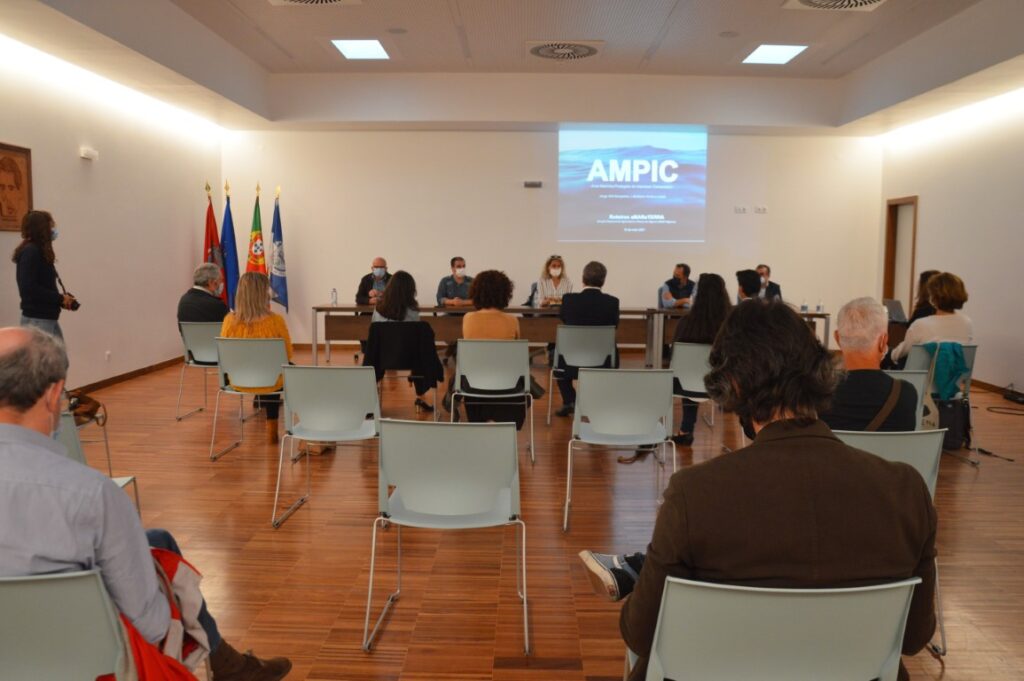
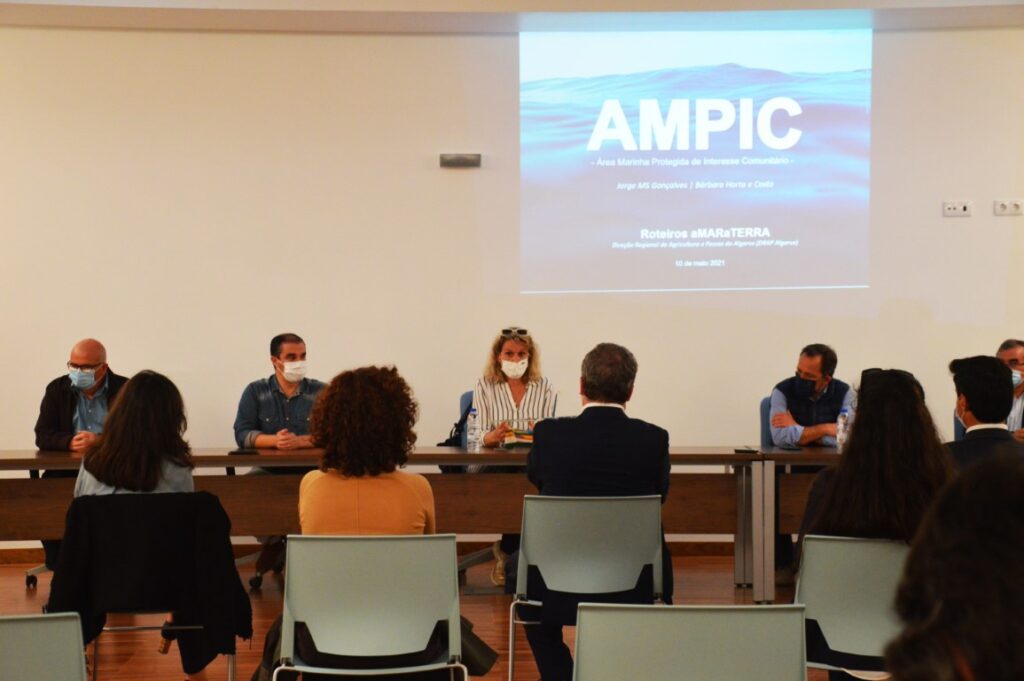
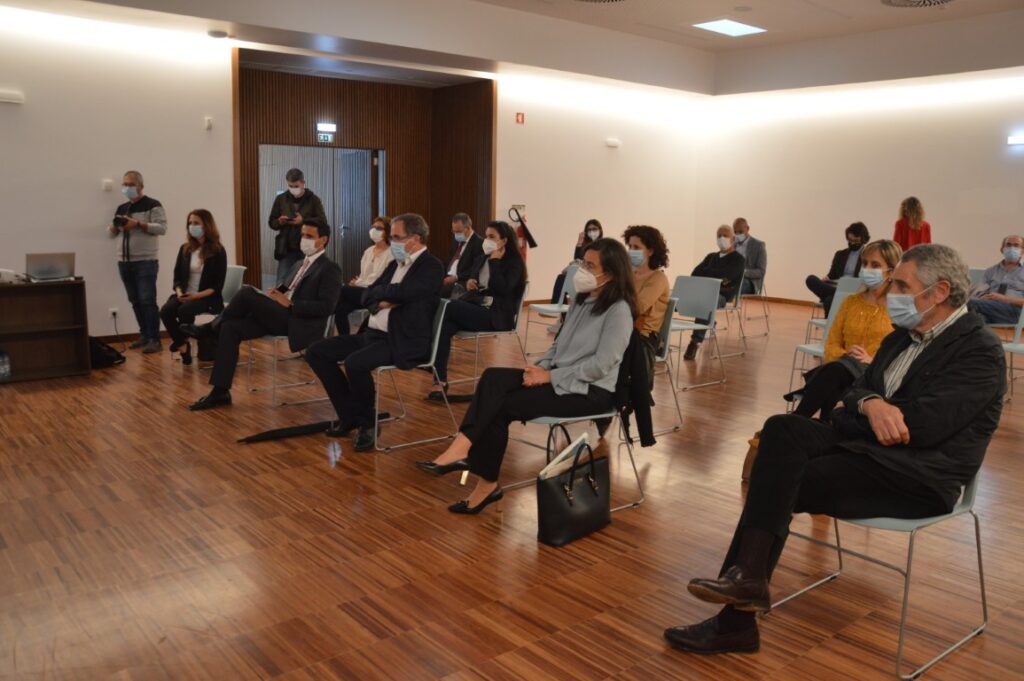
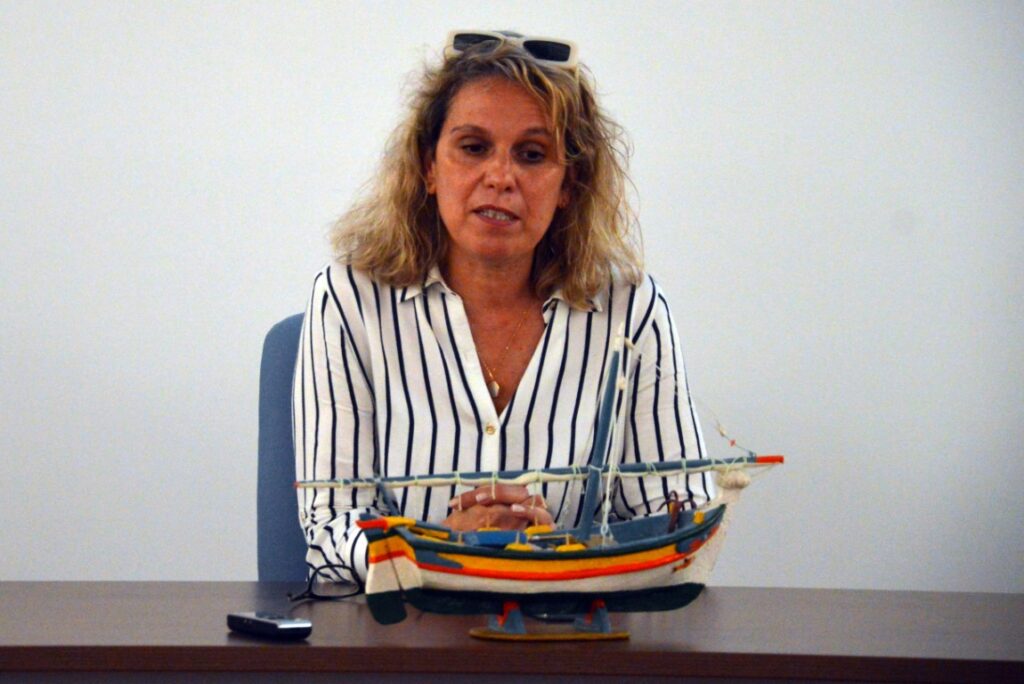
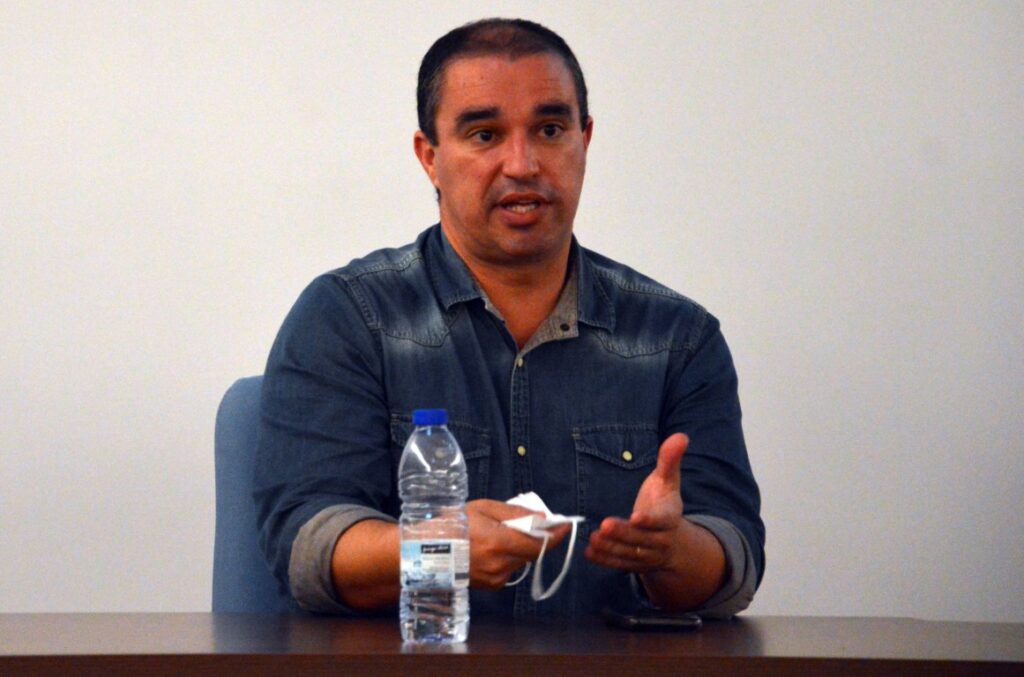
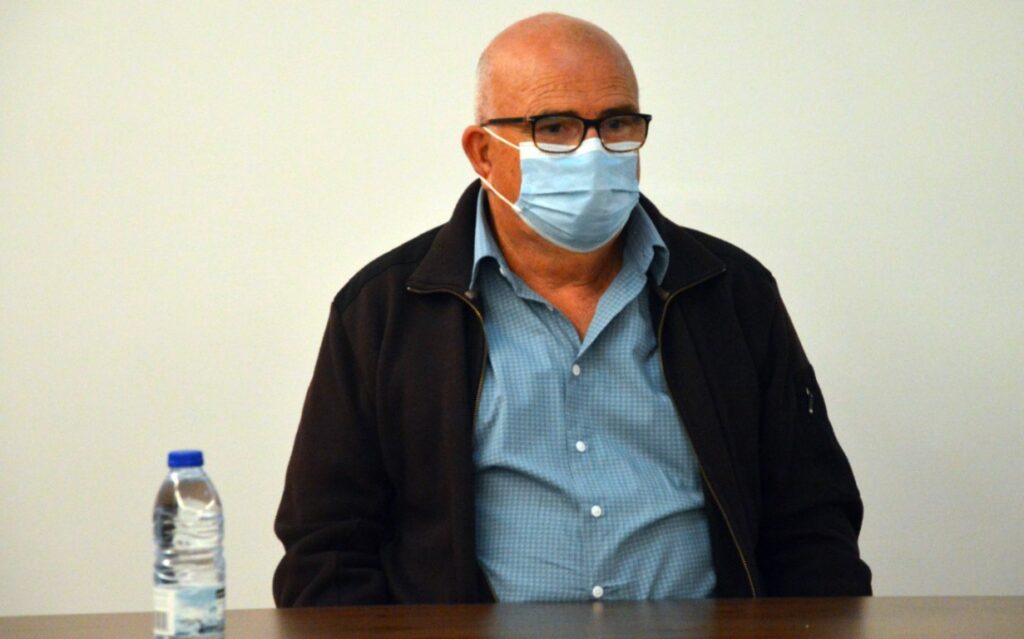
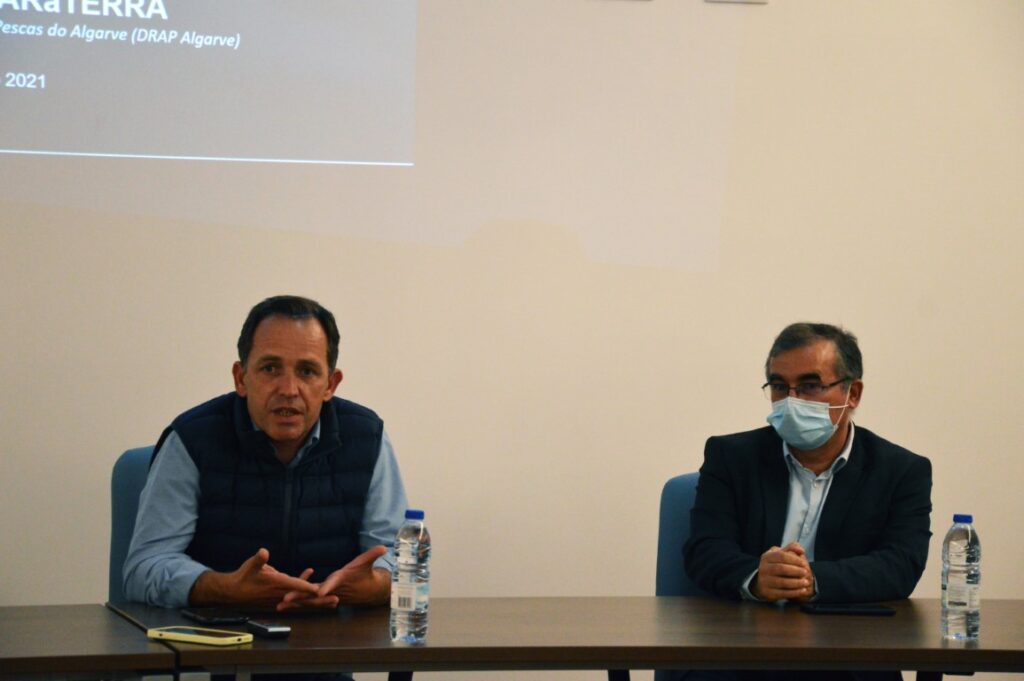
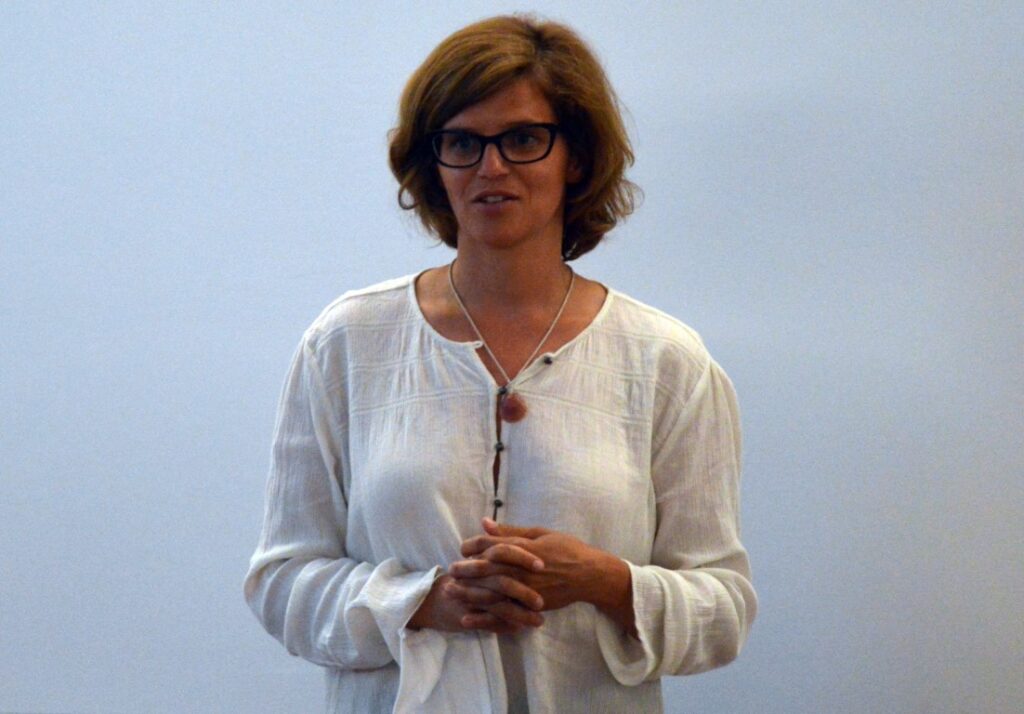


















Comments